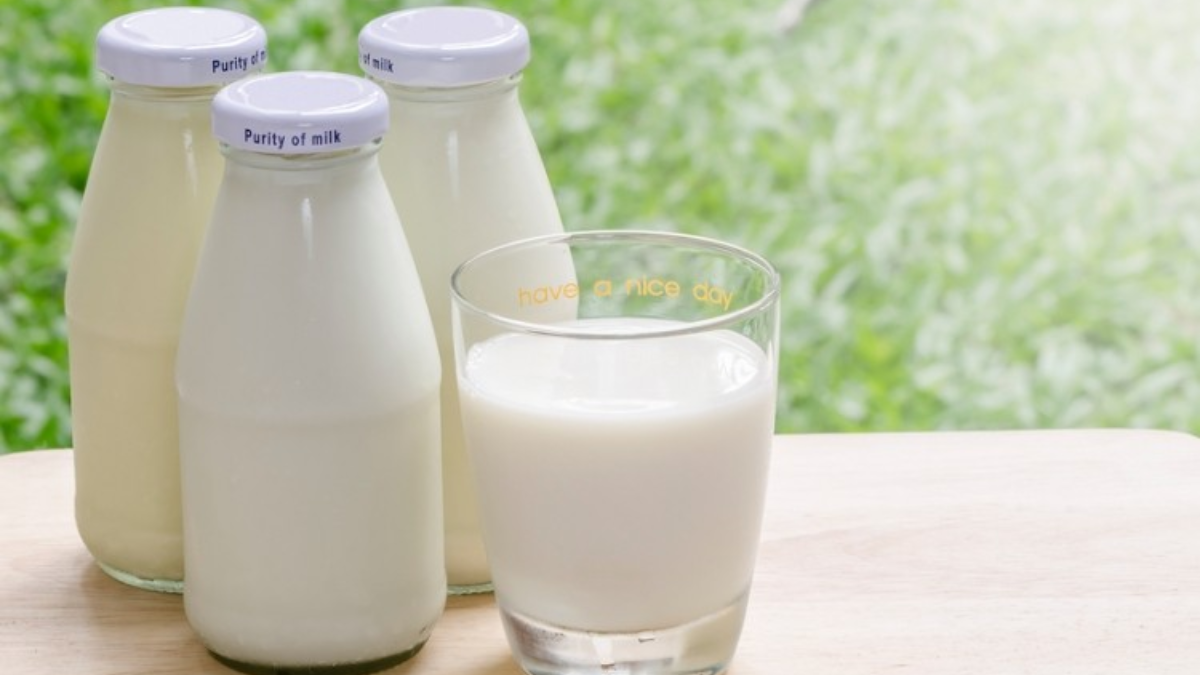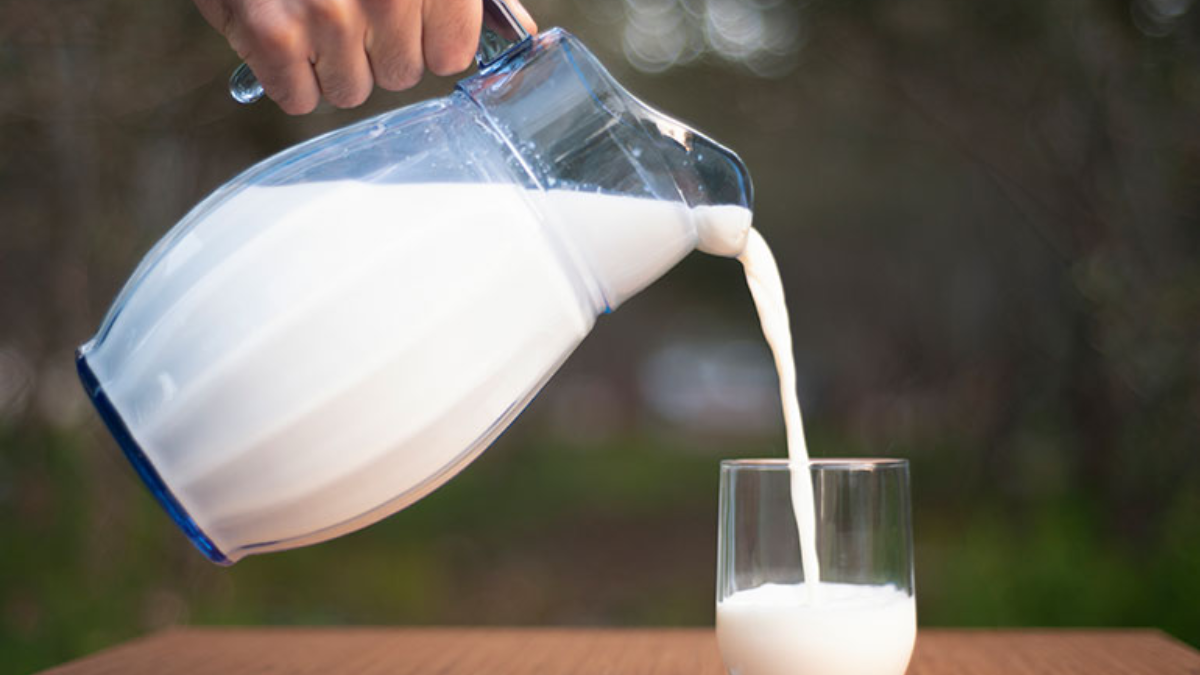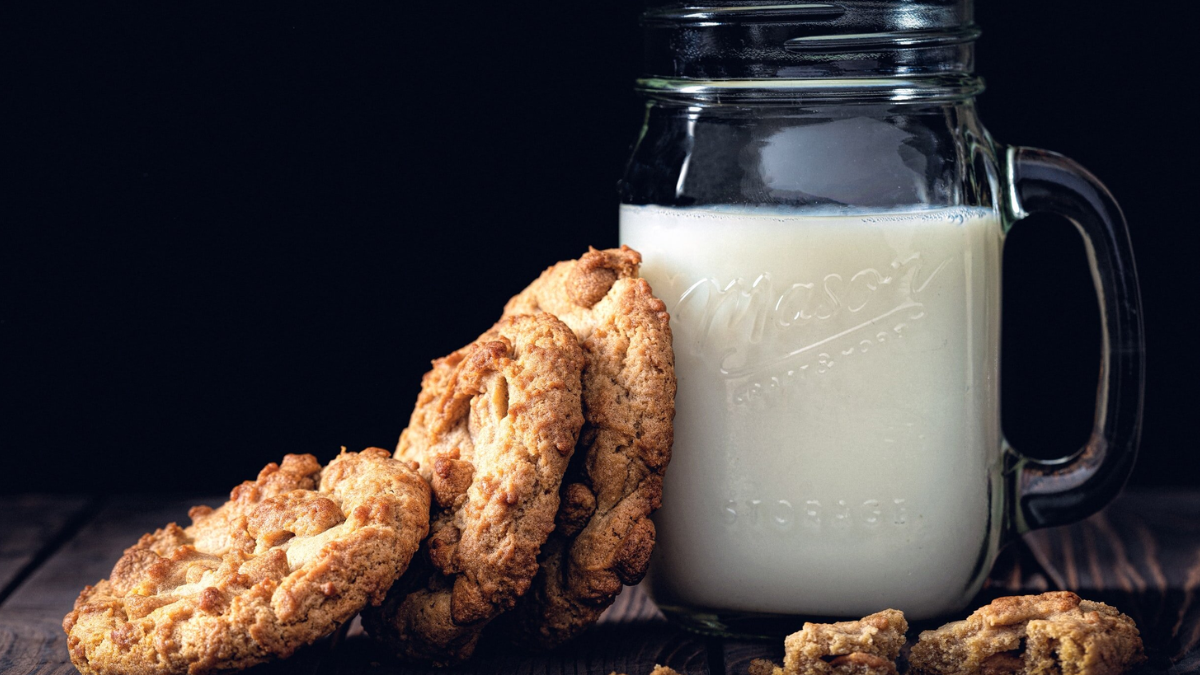To kill viral viruses in milk, pasteurization is used. Midway through the 1800s, French chemist and microbiologist Louis Pasteur invented it. This method significantly lowered the death rate from illnesses like puerperal fever. Louis Pasteur understood that people get sick because of the germs that cause milk deterioration. Pasteur developed the pasteurization technique after investigating the reasons why milk spoils. Viral pathogens that cause a range of diseases are eliminated by pasteurization.
Additionally, you can pasteurize milk at home. Pasteurizing your milk on the stovetop is quite simple. You can safely pasteurize your milk using lower heat and shorter times than many industrial milk producers since it won’t need to withstand long-distance shipping and extensive storage. A stainless steel pot and an essential kitchen thermometer are all you need.
What is Exactly Pasteurization?
Salmonella and other disease-causing germs are eliminated from food products (such as juice and dairy) through pasteurization, which involves mild heating. As a result, these goods are made safe for eating. Food that has not been pasteurized, like raw milk, may also be safe to eat, although usually for a shorter time than items that have been pasteurized.
Within the dairy business, pasteurization has changed food safety. For all interstate dairy transactions, the U.S. Food and Drug Administration (FDA) has required the pasteurization of milk since 1973. Nearly all milk products on the market today have undergone pasteurization.
How do you Pasteurize Milk?
Milk can be pasteurized in this manner: Heat it for at least 15 seconds at 161 °F or 30 minutes at 145 °F. And there are various simple methods for doing this.
Microwave
It would kill germs if you exceeded 161 degrees F for the required 15 seconds, though I wouldn’t advise. However, it can be challenging to gauge temperature and hot spots in food that has been microwaved, so your milk might burn, or not all parts might reach acceptable levels.
Slow Cooker
To reduce steps and dishes, I use this technique for my yogurt and chèvre. Simply warm milk to the desired temperature on low. Depending on the size of the crock and the amount of milk, this should take 2-4 hours. It is ideal when I have three-hour meetings but still wants to produce cheese. Except when I use the high setting, I have never experienced burnt milk.
Stovetop
This technique has the advantage of being rapid and adaptable to any vessel that can contain liquid. Caution: Milk can quickly burn if you don’t observe and stir frequently. I use medium heat, which necessitates close observation. If I go any higher, I might burn the milk by accident.
Double Boiler
Like cooking on a stovetop, you avoid scorching the milk because there is an extra layer of water between the pots. Utilize your double boiler if you have one. You’ll reduce hassle and time.
Vat Pasteurizer
These are pricey, and many homes lack the funds to pay for them. However, small farms that operate dairy operations would wish to think about one. These use “low-temperature pasteurization,” which involves fast cooling milk after keeping it at 145 degrees Fahrenheit for 30 minutes to preserve flavor better than at higher temperatures.
Other Options
If a cappuccino machine’s steamer feature heats milk to temperatures exceeding 161 degrees Fahrenheit for more than 15 seconds, the milk is effectively pasteurized. Since these machines are made to attain and maintain a given temperature for a specific period, some people have even used them to pasteurize.
Consider flash-chilling milk before pasteurizing it to keep the most excellent flavor. It may sound simple to place the pot in a refrigerator or freezer, but all that heat could cause your refrigerator’s temperature and humidity to reach harmful levels. On freezer racks, the steam condenses. To prevent water from splashing into the milk, I find that covering the saucepan with a lid is the simplest way to cool milk quickly. Then place the milk in an ice-filled sink. To reduce the number of ice cubes I need to produce or buy, I keep a lot of ice packs in my freezer.
How was Pasteurization Invented?
Louis Pasteur, a French chemist, demonstrated the antibacterial properties of heated wine in a series of tests in 1864. Pasteur was able to eradicate any dangerous bacteria that could have been present in freshly created wine by quickly heating it to a temperature of about 60 C (140 F). Additionally, he turned off several enzymes that hasten food degradation.
History has several more examples of wine being exposed to hot conditions before Pasteur, primarily to increase the wine’s shelf life. Chinese artifacts from the twelfth century and Japanese artifacts from the fourteenth through the seventeenth century also provide verified evidence of such techniques.
Franz von Soxhlet, a German chemist, advocated pasteurizing milk in 1886, while Louis Pasteur experimented with wine. Milton Rosenau, a public health official in the United States, set guidelines for low-temperature pasteurization by 1912, prescribing moderate heating at 60 C (140 F) for 20 minutes.
The chemical makeup of the pasteurized food determines the pasteurization periods and temperatures, but pasteurization rarely necessitates heating a foodstuff above 100 C. However, milk is heated to 135 C during ultra-high-temperature (UHT) pasteurization, albeit for only two to five seconds. Nearly all of the bacterial spores in dairy products are killed by this brief exposure to intense heat. Ultra-pasteurized refers to the heat treatment that UHT gives to dairy products. Several brands of organic milk are included in this.
What are the Benefits of Pasteurized Milk?
The most popular pasteurizing milk method is High-Temperature Short Time (HTST). In this procedure, producers heat raw milk to 161° F for 15 seconds before quickly cooling it to 39° F. Additionally; the Ultra High Temperature (UHT) pasteurization procedure is another prevalent method for pasteurizing milk. In this procedure, producers heat milk to 280° F for two seconds before quickly lowering it to 39° F. These procedures’ main goal is to render milk safe to consume by destroying any pathogenic or non-pathogenic bacteria. These procedures eliminate harmful germs that can spread several ailments, such as E. coli, salmonella, and listeria.
The following are some of the numerous advantages of pasteurized milk:
Avoid Getting Sick
There are numerous microorganisms in raw milk that might make you ill. When choosing the things you eat or drink, experts always advise erring on the side of caution and selecting only the safer selections. The HTST and UHT pasteurization procedures are made to rid milk of all microorganisms, particularly those that cause disease. Doing this can prevent your body from absorbing dangerous organisms that could make you ill. Consequently, you can eat pasteurized milk with great confidence, knowing it is safe. Additionally, if you have children at home, you should always use pasteurized toned milk.
Availability of All Essential Nutrients
The high nutritional content of milk is the primary justification for consumption. Unpasteurized milk does not contain the same nutrients as other types of milk. Thus, all the health benefits of drinking milk will be lost if you consume it. Therefore, consuming pasteurized milk gives your body the proper nutrients and strengthens your immune system. You no longer have to be concerned about becoming sick or developing significant medical concerns. You must only feed kids pasteurized milk if you want to be sure they get all the vital nutrients they need, including vitamins, calcium, magnesium, and phosphorus. Suppose your child is resistant to drinking pasteurized milk. In that case, however, you may always choose Lactel’s pasteurized flavored milk, which is not only delectable but also rich in the same number of nutrients.
Shelf Life Increased
Unpasteurized milk spoils in a matter of days. The pasteurization procedure (UHT pasteurization procedure) aids in the elimination of non-pathogenic microorganisms that could eventually cause the milk to go wrong. As a result, milk has a longer shelf life and can be kept in storage for longer.
Disadvantages
Here are some disadvantages also of pasteurization:
Lack of Naturally-Occurring Nutrients
It may seem surprising that pasteurized milk would contain fewer nutrients, but the truth is that fortified minerals, rather than naturally occurring ones, are present in pasteurized milk. Most fortified minerals and nutrients aren’t as bioavailable as their naturally occurring counterparts, which can be an issue. So even though you might be getting tasty milk, it doesn’t offer the same amount of advantages.
Hormones and Added Contaminants
Hormones and other synthetic byproducts are frequently abundant in ultra-pasteurized milk. Humans haven’t been consuming many of these for very long, even though they often have no known adverse effects. The verdict is still out on whether or not they will benefit us in the long run.
Is Boiling Milk the Same as Pasteurization?
Although they seem comparable, boiling and pasteurization are not the same. To kill microorganisms that could make you sick, milk in the US is pasteurized by being heated to roughly 160°F. Since milk has a boiling point of roughly 212°F, pasteurization never involves bringing it to a full boil.
If getting rid of potential pathogens is your primary motivation for boiling milk, you should be aware that milk you buy in stores is usually always pasteurized, meaning that these germs have already been eliminated. The single exception is raw milk, which is always explicitly marked as such when marketed. Only a few states, and never across state boundaries, permit the commercial sale of raw milk.
Milk’s nutritional content is significantly reduced when it is boiled. According to studies, heating milk significantly reduced the amount of whey protein present while also killing any bacteria in raw milk. Other tests have revealed reduced concentrations of vitamins and minerals in boiling milk, including folic acid and vitamin B2, and sometimes by as much as 36%.
Pasteurization and Homogenization in Milk
Homogenization and pasteurization often run hand-in-hand in milk production, but the two processes are markedly different:
- Homogenization works to evenly distribute milk fat globules throughout an entire container of milk, and it involves forcing milk through filters at high-pressure levels. However, unlike pasteurization, it does not include heating milk.
- In a two-step process, pasteurization always comes after homogenization, which involves raising the homogenized liquid to a high temperature for a short time.
Conclusion
The nutritious value of milk is not considerably altered by pasteurization, according to the CDC. In reality, drinking pasteurized milk provides all the nutritional advantages without the health risks associated with consuming raw milk. All of the milk’s components, including its minerals, remain constant, but there is a slight modification to the vitamins. Since vitamin C is destroyed during the pasteurization process, raw milk only contains a tiny quantity of it (10% of the RDA, making it not a good source). Additionally, you should be aware that raw milk is not an excellent source of probiotics or other helpful bacteria, despite what you may think if you’re considering drinking it. It might be dangerous and sicken you. If you want to eat or drink something that contains probiotics, experts like registered dietitians advise buying something explicitly labeled as having probiotics rather than taking a risk.


